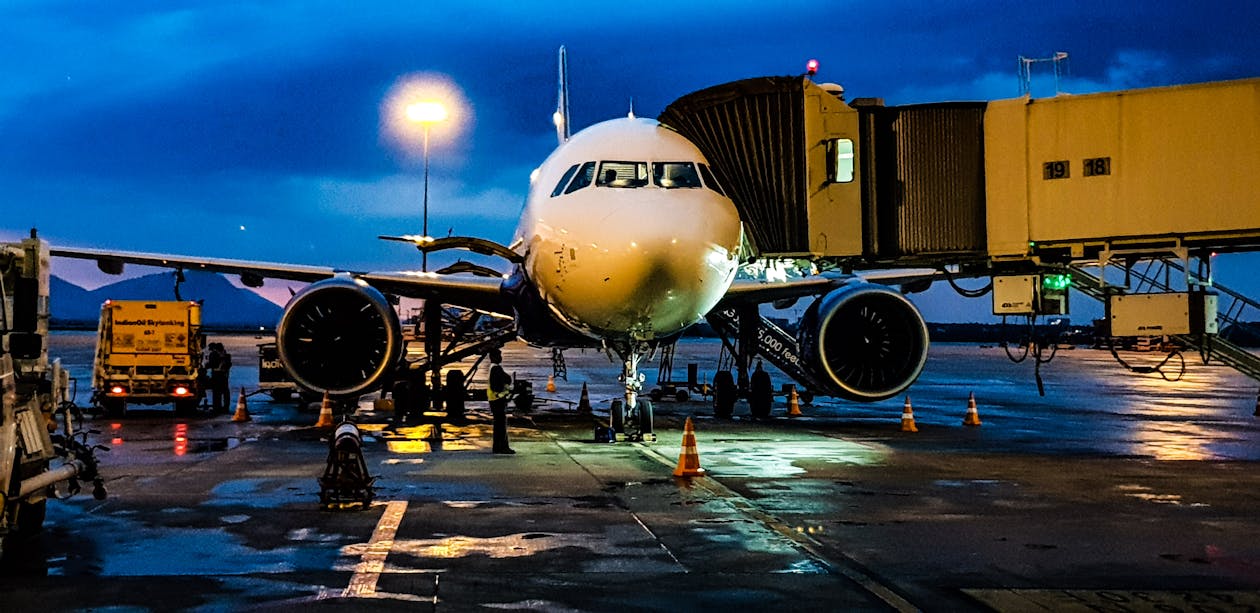LOSA: The Secret Weapon in Aviation Safety Management Systems
LOSA: The Secret Weapon in Aviation Safety Management Systems
Line Operations Safety Audit (LOSA) is a proactive approach to improving aviation safety, which was developed in response to the need to reduce the number of human errors and incidents occurring during routine airline operations. In this blog post, we will discuss the key concepts and benefits of LOSA and how it is applied in aviation safety management systems.
What is LOSA?
LOSA is a systematic process for evaluating and improving the safety of airline operations. It is designed to identify potential risks and hazards associated with routine operations and to develop strategies to mitigate or eliminate these risks. The LOSA process involves collecting data on actual flights through observation and analysis of crew performance, identifying the causes of errors and incidents, and implementing targeted interventions to reduce their frequency and impact.
The data collected through LOSA is used to develop a baseline of crew performance, which can be used to track performance over time and to develop targeted training and operational interventions. LOSA is typically conducted by specially trained observers who ride along on flights and use a standardized set of procedures to evaluate crew performance and identify potential risks and hazards.
How is LOSA applied in aviation safety management?
LOSA is a critical component of modern aviation safety management systems, which are designed to proactively manage risks and hazards associated with aviation operations. Aviation safety management systems (SMS) are based on four key principles: safety policy and objectives, safety risk management, safety assurance, and safety promotion.
The safety risk management component of SMS involves identifying potential risks and hazards associated with aviation operations and developing strategies to mitigate or eliminate these risks. LOSA is an important tool for safety risk management, as it provides a structured approach to identifying and analyzing the risks and hazards associated with routine airline operations.
The safety assurance component of SMS involves monitoring and evaluating the effectiveness of safety risk management strategies and making adjustments as necessary. LOSA data can be used to monitor crew performance and evaluate the effectiveness of targeted interventions designed to mitigate identified risks and hazards.
The safety promotion component of SMS involves promoting a positive safety culture and providing ongoing training and education to employees to improve their safety performance. LOSA data can be used to develop targeted training and operational interventions to improve crew performance and reduce the frequency and impact of errors and incidents.
What are the benefits of LOSA?
The use of LOSA in aviation safety management systems has been shown to have a number of benefits, including:
1. Improved safety performance: LOSA helps to identify potential risks and hazards associated with routine airline operations and to develop targeted interventions to mitigate or eliminate these risks. This leads to improved safety performance and a reduction in the frequency and impact of errors and incidents.
2. Enhanced crew performance: LOSA provides a structured approach to evaluating crew performance and identifying areas for improvement. Targeted interventions based on LOSA data can help to enhance crew performance and reduce the frequency of errors and incidents.
3. Better risk management: LOSA provides a systematic approach to identifying and managing risks and hazards associated with routine airline operations. This leads to better risk management and a reduction in the likelihood and severity of incidents.
4. Increased efficiency: By identifying potential risks and hazards associated with routine airline operations, LOSA helps to streamline operational procedures and reduce the likelihood of delays or other disruptions.
The LOSA Process
The LOSA process typically involves four key steps: planning, data collection, data analysis, and feedback.
Planning: The planning phase of a LOSA involves selecting the flight segments to be observed and identifying the observers who will ride along with the flight crews. The observers should be trained on the LOSA protocol and should be familiar with the safety culture and performance expectations of the organization.
Data Collection: During the data collection phase, the observers ride along with the flight crews and collect data on safety-related behavior using the standardized LOSA protocol. The data collected may include information on communication, situational awareness, decision-making, and crew resource management.
Data Analysis: The data collected during a LOSA is analyzed to identify patterns and trends in safety-related behavior. The data analysis may include statistical analysis to identify areas where safety performance could be improved.
Feedback: The final phase of a LOSA involves providing feedback to flight crews and operators on the results of the audit. This feedback may include recommendations for targeted training and safety interventions to improve safety culture and performance.
 |
| LOSA |
Conclusion
In conclusion, LOSA is a critical component of modern aviation safety management systems, which are designed to proactively manage risks and hazards associated with aviation operations. By providing a structured approach to identifying and managing risks and hazards associated with routine airline operations, LOSA helps to improve safety performance, enhance crew performance, and increase operational efficiency. The use of LOSA in aviation safety management systems is an important step toward achieving a safer and more efficient aviation industry.


